Eyeing the rim of the caldera from the town of Ribeirinha, Terceira Island, the Pleiades can be clearly spotted. It’s appearance in the night sky was welcomed by the seafarers as a signal for the beginning of the sailing season. In the spirit of Prof. Bradley of Reading, The early sailor lies inclined with his head looking up at the sky as he sees the Pleiades approaching like a Raptormaiden to the rescue. Here, Lithic Literature connects the earth and sky. Lithic Literature takes us deep in the mind of our ancients.
I live on the coast of Maine from where I been viewing the story of early humans. It is a story of early humans as they organized their history. It records earlier human’s use of imagery to organize information. I call this method of recording and documenting human history Lithic Literature. It is user friendly since it was created by humans for humans. It is a highly complex picture book which includes maps, and may be the precursor to what we know as the Asian character writing we see today.
I was able to work for a short month on the Azores. During our interaction, I was able to raise awareness of the use of Lithic Literature by earlier humans and its presence on the Azores. Initially, it was received with skepticism. I described elephants, giraffes, and even references to large ferries used to transport large animals. I was quickly informed that there were no large animals on the island. Yet, there they are, etched on the cliffsides and stone all over the Azores. Luckily, Costa is not new to the concept of earlier humans populating the islands and their capacity to create their mark on the stone. Her artistic tendencies and knowledge are displayed in her many books and videos. After some protest concerning large animals and some serious looking, I was able to turn the page on the Azores. It was helpful that Costa had already been exposed to Professor Richard Bradley of Archeology of Reading University, and his concepts on interpretation of the landscape which Costa has embraced. I have included a blog exploring my approach.
On my second visit to the Azores I worked independently. I was tying some loose ends on my quest to find the story of the flying raptor maiden only to find another thread connecting the raptor maiden to the star cluster Pleiades, and I am holding on to it like a kite string.
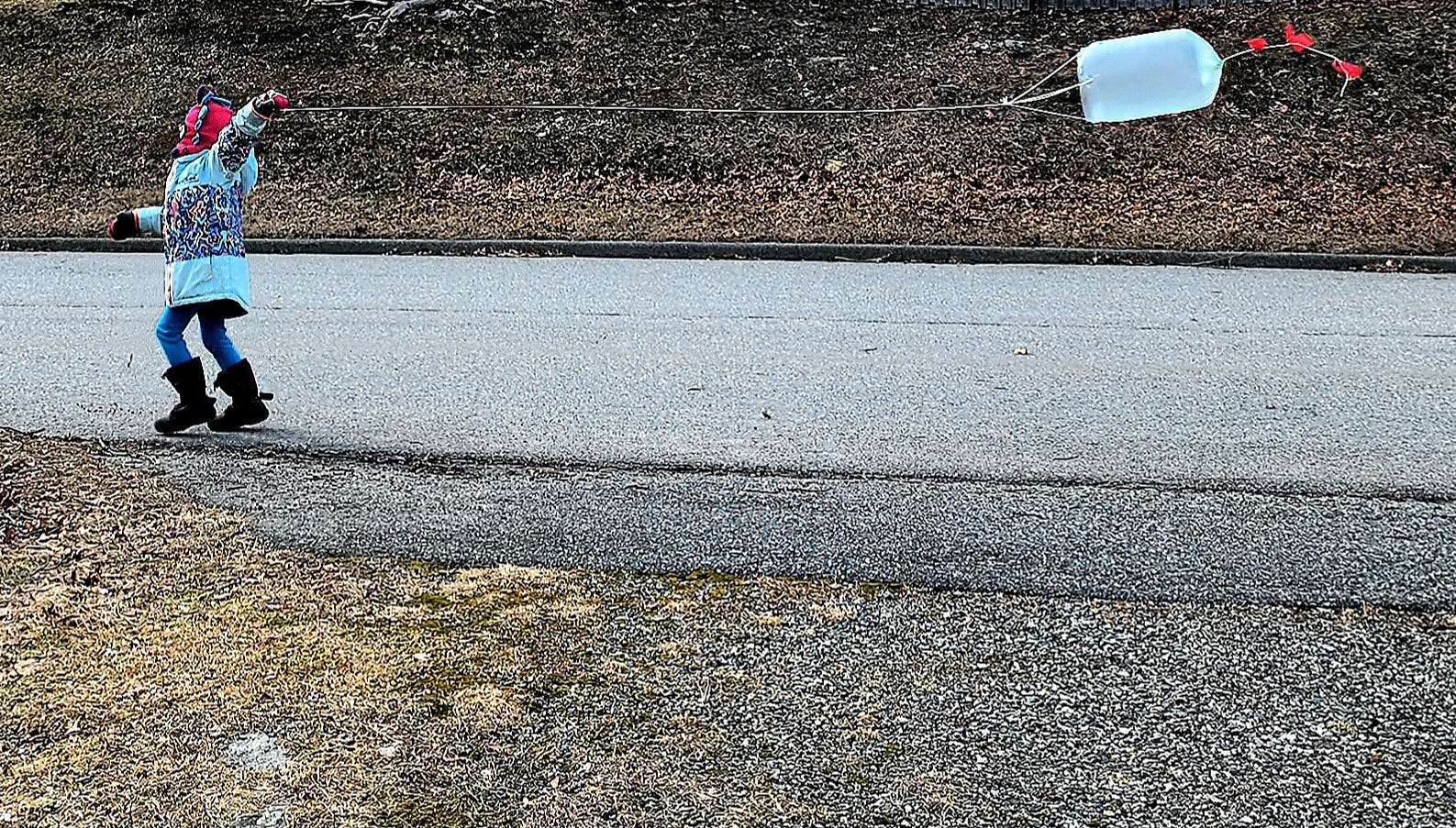
I am always looking for clocks, calendars, maps, water collecting designs and any other patterns that shed light on the knowledge that our predecessors would have recorded. Star maps are also a common layer in the lithic literature. I began to notice a lot of what appeared to be star maps of the Pleiades. The Ancients watched the stars as we watch our computer screens today looking for a way to connect the dots, record their lives, and seek greater understanding of the universe around them.
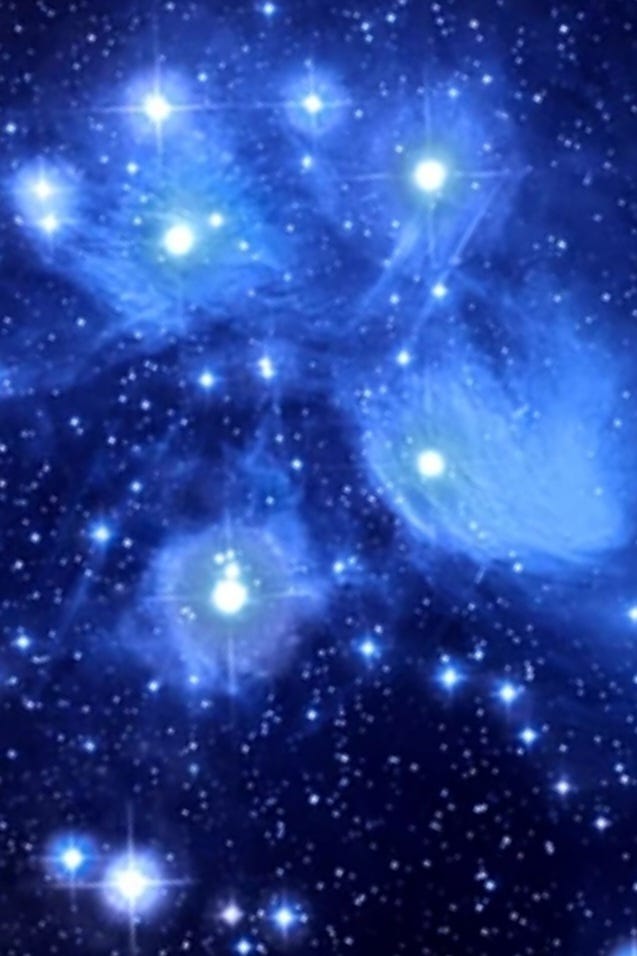
The pattern of the star map of the Pleiades began to hum with many of the images found in Lithic Literature. It makes sense that the human eye would stop and rest and admire one of the brighter and tightly clustered grouping of stars while looking up from the Atlantic Ocean. We are aware that the stars inspired humans to use familiar animal forms to assist in mapping out the stars. Using that same thinking, imagine how the more stars, the more possibilities for stories and characters. It almost feels like the stars of the Pleiades are the points from which Lithic Literature emerges.
Folks get a little frustrated to my insistence in patterns. Some say my work is too repetitive and primitive to hold the attention. I assure you the repetitive patterns are a positive sign of intelligence and an indication of language. I may be thinking that the Pleiades is the template for the human’s design of written language. Is it possible? Recognizing patterns is what our brain continually does in order for us to move through life. Recognizing patterns is what allows our brains to look ahead and foresee possible outcomes. As our brains are fed data, the brain picks up patterns. Using memory it can process the new data by constantly looking for that repetition. Once the subject of the repetition is filtered, it can then be identified. I have identified a pattern created by humans for humans in the stones. Just as we read using the alphabet, we are recognizing symbols that we recognize again and again; use and reuse. Our brains are just working with patterns when we learn to read. We often use a format, like letter writing. Lithic Literature has many of the same characteristics as what we call writing today. Below is a nice effort to express the complexities of it all, but there is always more to the mind of our early expressions of ourselves.
https://youtu.be/4uUilIN-8gk?si=5sOjGDJAfNbAzRDU
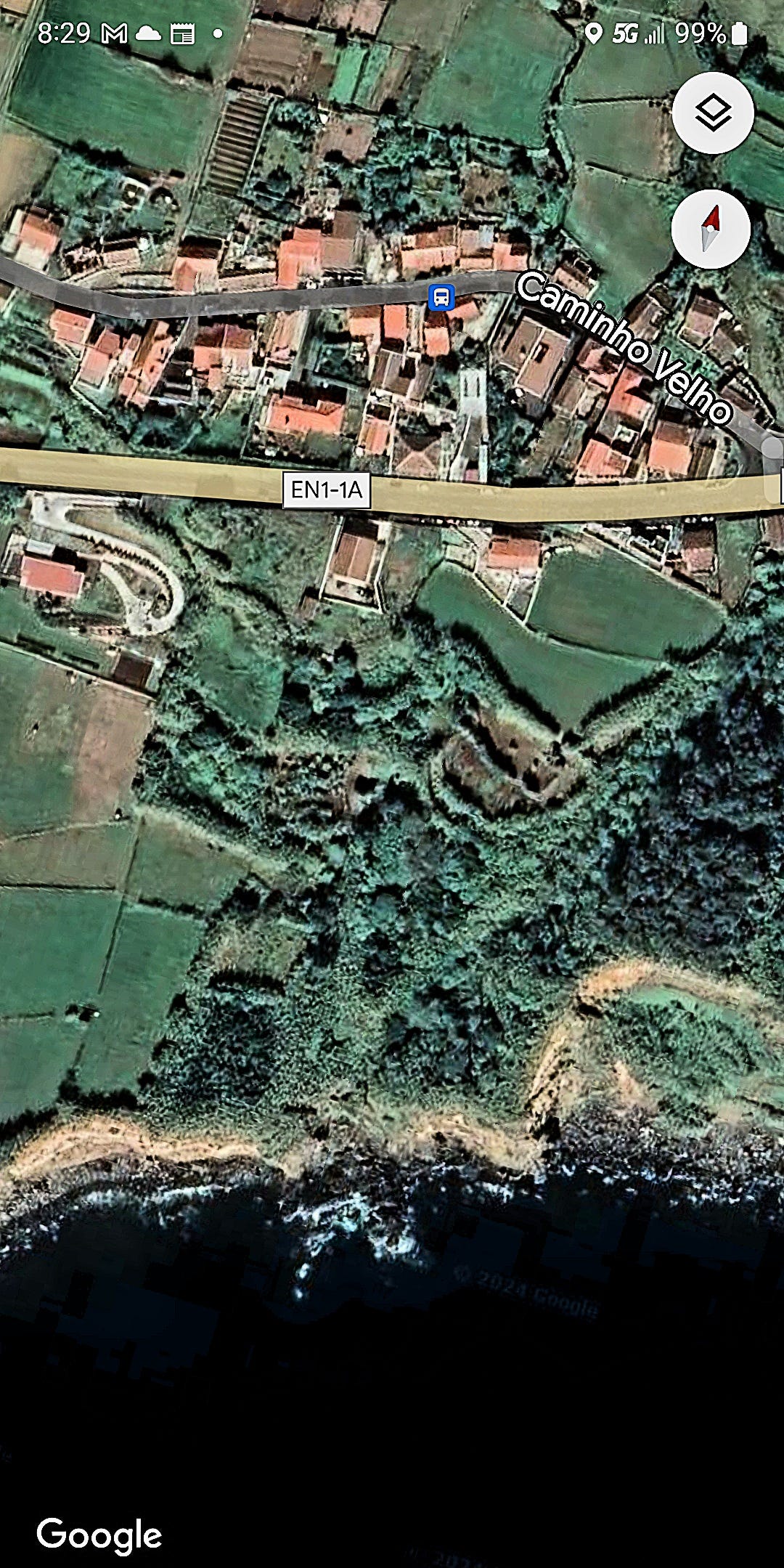
The beautiful scraper from the stream bed mapped above can be picked out from my sock collection below. I looked around from a bird’s eye view and you can follow my path to the sea.

Below I have minimally highlighted the larger version of the Venus, whom I have begun to notice as a pattern echoing the Pleiades star cluster. The artifact is the same as the one pictured above in the collection and it is lovely


When I finally broke through the bamboo I was greeted by another rendition of the Pleiades. As I step on to the ledge, the stone groin expends out before me. the October sea waves come in from the SW.

I ended up on an over hang that was topped with a star map of the Pleiades. I was thrilled to find it. My friend on Madeira is always interested in the star maps. I hope he finds this story to be interesting, and if Professor Richard Bradley from the University of Reading is available, please take a look.
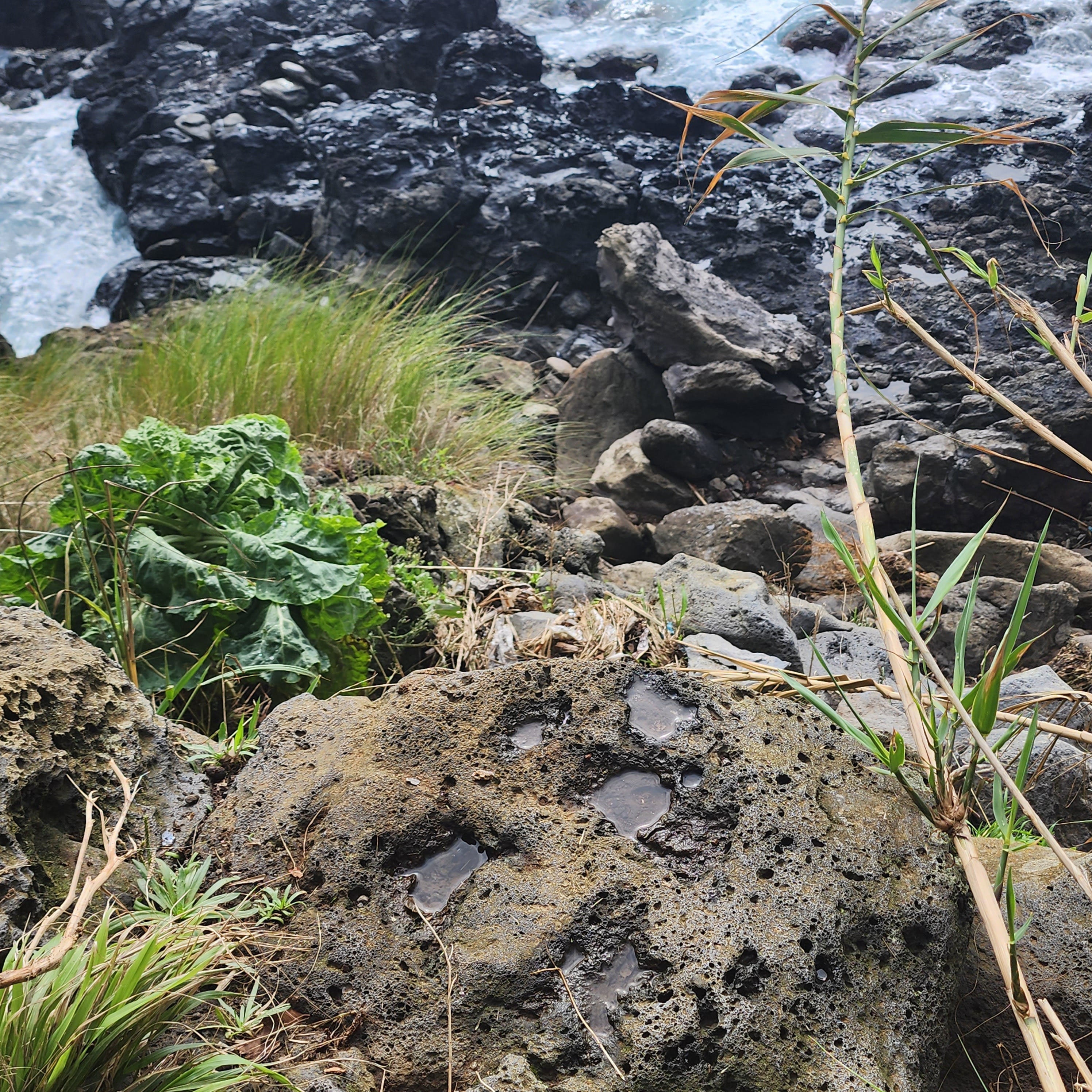
let’s take a moment to highlight the Pleiades on the volcanic stone perch. This is the hump in people’s understanding of how complex this technique is. If you can clean your slate for a moment. Take a damp cloth to it so is has a nice contrast with the chalk. Do your best to lay down the dots to the pattern and intensity of the Pleiades. If you like add some eraser taps to add other subtleties. Now if you want you can draw all the letters of the alphabet as you know them using the dots . This is just an exercise, but you get the idea. In the series below I did some looking around too, using transparencies of the Venuses instead of the alphabet. There are so many possibilities, but that is to be expected when you think how long humans have been entertained by the night sky and rocks. Just as some can see the alphabet and other symbols on a template of Pleiades, I have decided to hover the constellation around of the different Venuses of the ages. The possibility that our predecessors may have enjoyed this game is not far fetched. If the constellation was used for navigation, pictograms would be employed to make it all user friendly. Common familiar images would make it easier to orient oneself when setting off on a voyage. It would be convenient to have a pocket size star map when out on the dark ocean. Holding the map at the prescribed distance and angle, one could stay on track for home. I find the clay figurines from Catal Hoyuc just fitting for this occasion.

Below I have taken an image of the clay goddess and created a transparency using Adobe Illustrator. The transparency allows me to float it’s image above a stone of interest and observe the overlap.
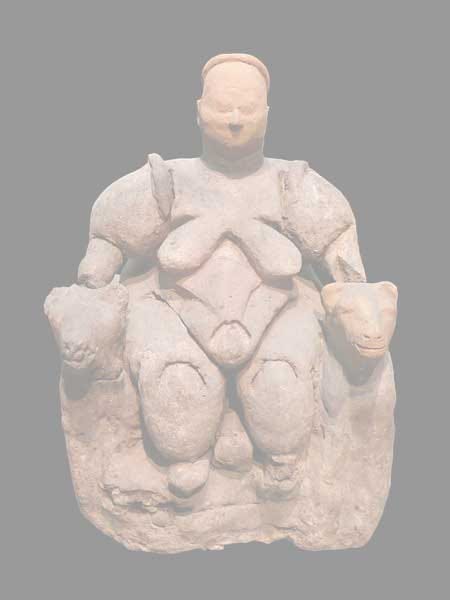
The great goddess has always filled my heart. There are many to choose from through the ages and gives homage to her many forms as she matures before our eyes. I got myself oriented with the Venus in the cluster of stars, she looked like she belonged. I do believe the grouping will make room for all the Venuses throughout the ages. Here are some of the many Venuses representations that popped up during a search on the web.
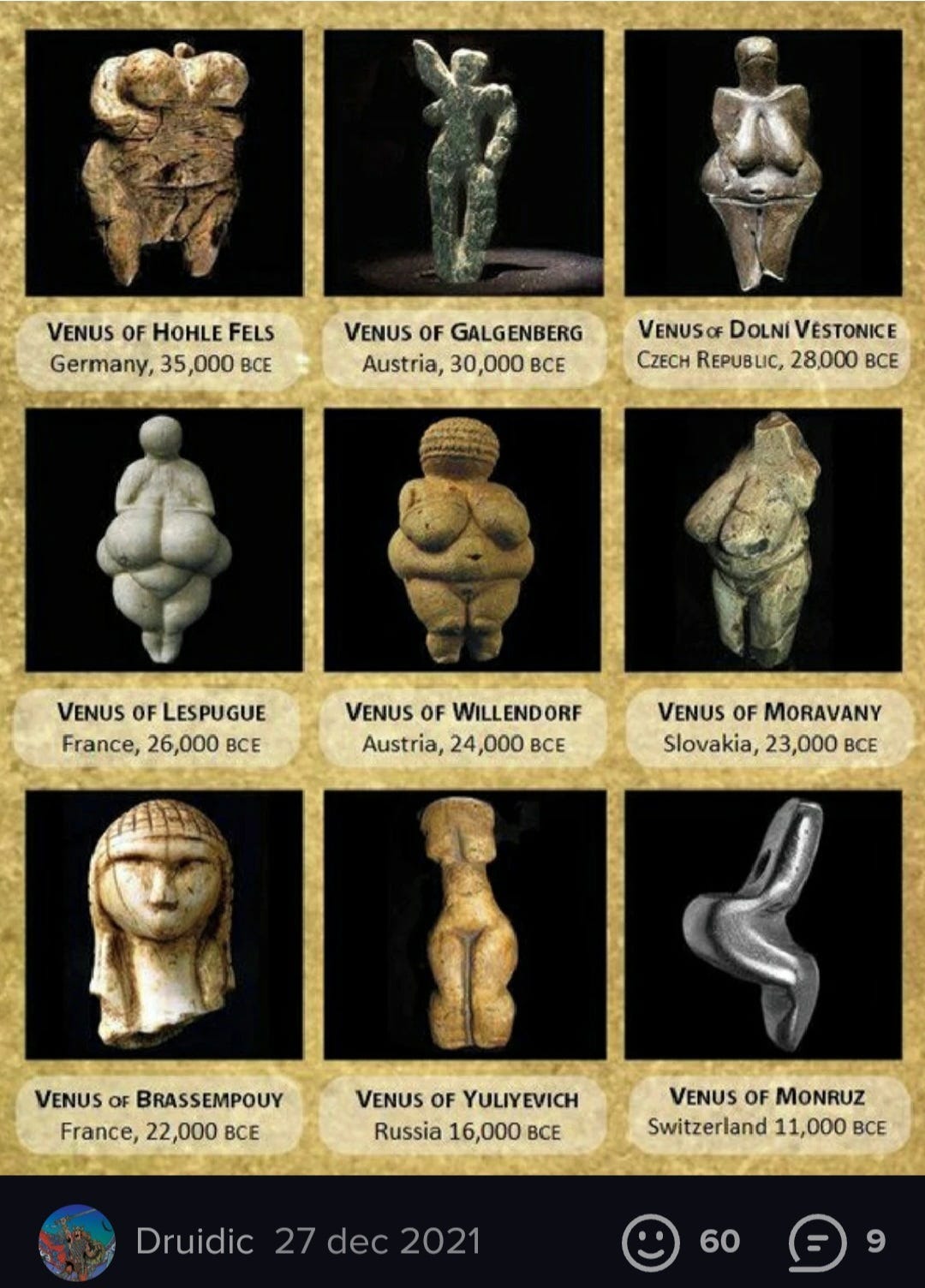



Now lets see how the Venus design looks hovering over the star map on the volcanic stone cropping over looking our little boat landing.


I am having no problem hooking up the large Venus in the clay figurine with the design on the volcanic stone.
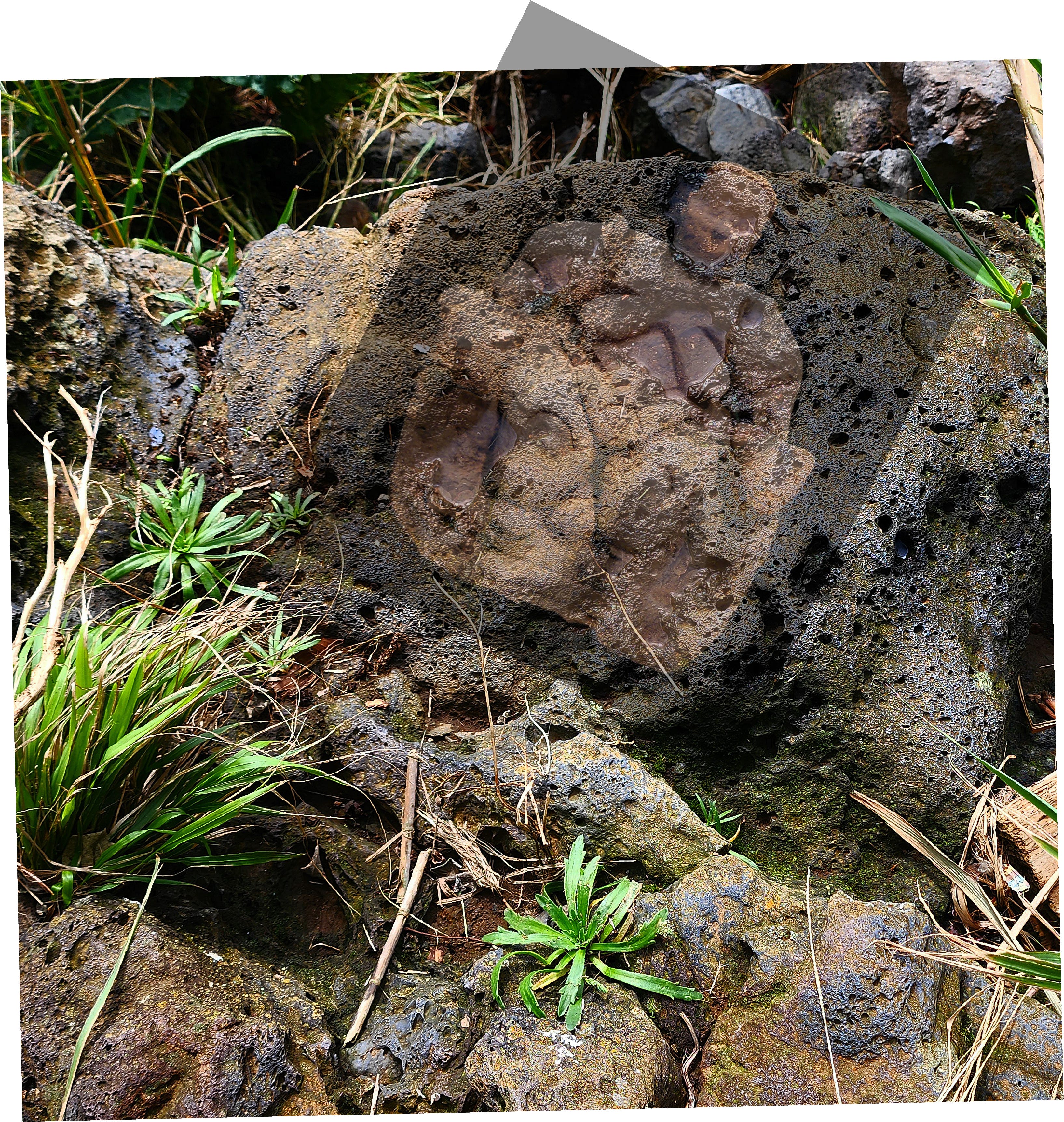
I highlighted below the typical large Venus as we have seen her giving birth on other stone monument and artifacts.

A little shot out to you Gobleki Tepe gazers and other stone hounds that seem to think that the design lacks the presence of the female form, it is actually built on her. She is the one who carries you. It is she who nourishes us and carries the wisdom of the ages. 😏😎🦂Go ahead, make my day🤺.





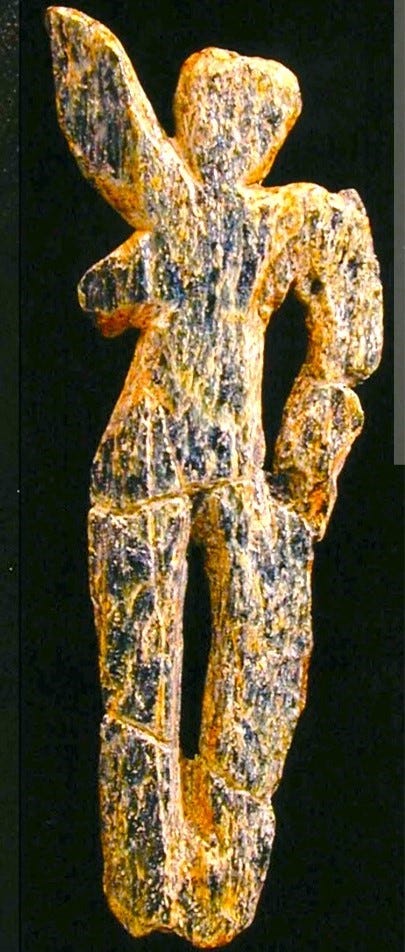



Thank you so much for looking. I again finish with a lovely platter from Maine. It has a lovely display of the goddess and all her different phases ofdevelopment. Please enjoy.


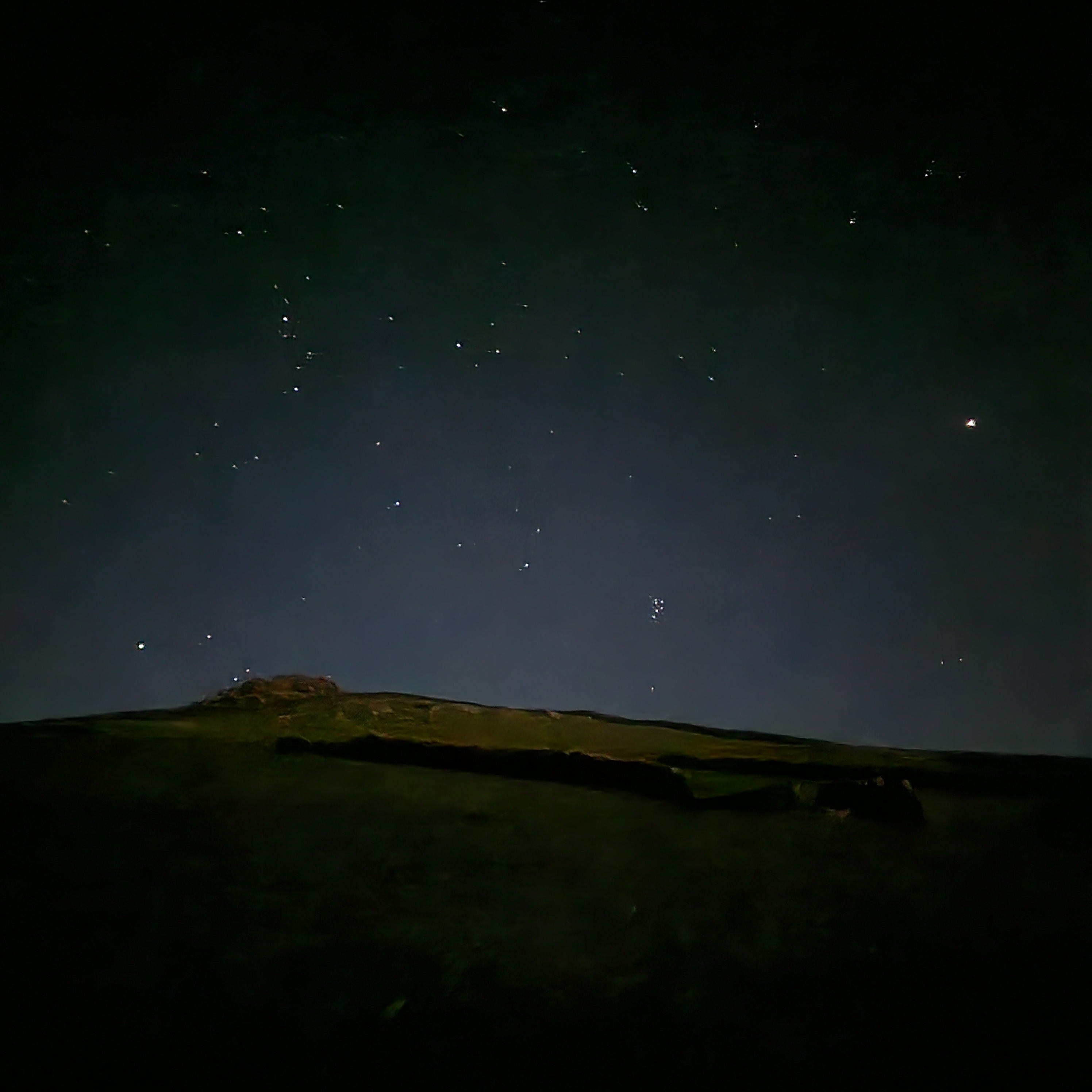


Comments
Post a Comment